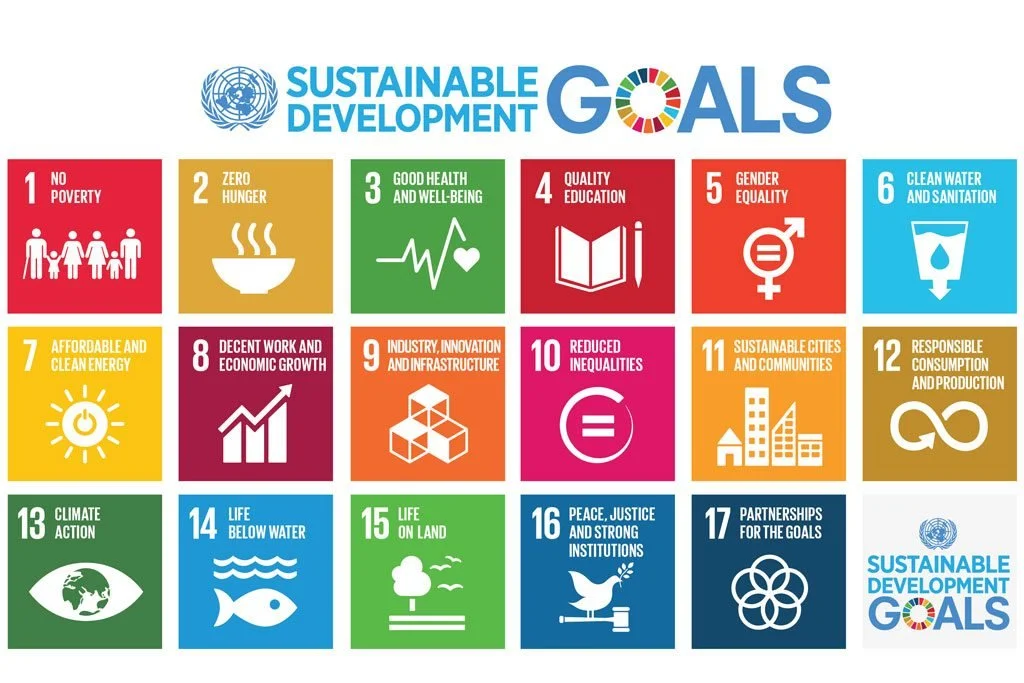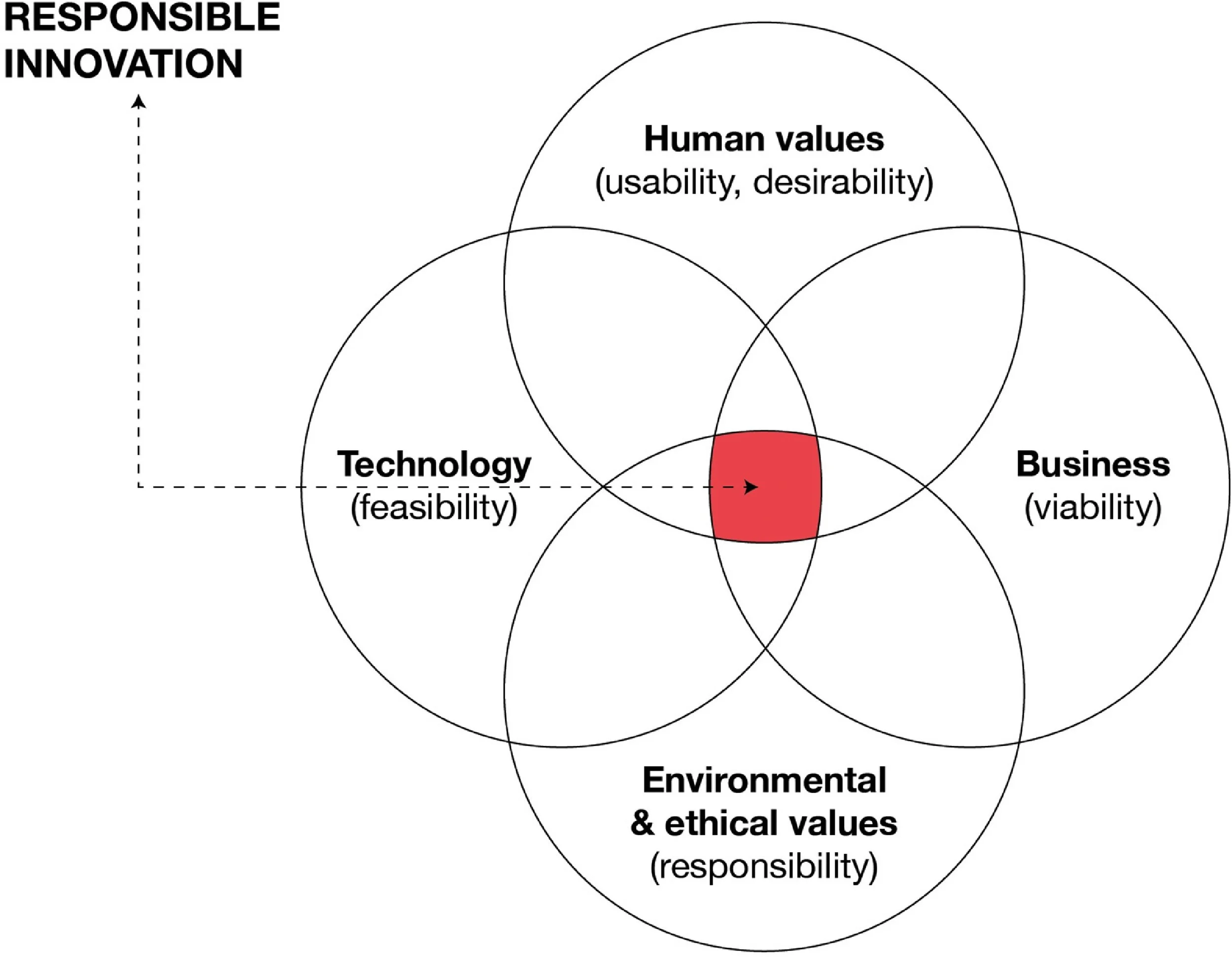How to be a Responsible UI Designer in a World on Fire
World on Fire:
We all, card carrying environmentalists like myself included, partake in daily activities that have an unseen impact on both people and planet. I’m talking about… you guessed it… THE INTERNET. Over the past 10 years humans have been spending more time than ever in front of their screens. According to data from DataReportal, as of 2023, the average American spends 6 hours and 59 minutes looking at a screen every day. The internet, a beacon of connectivity and progress, turns out to also be the world’s largest coal-powered machine.
Did you know?: The “internet” expels nearly 4% of the world’s greenhouse emissions,
nearly as much CO2 as the airline industry. - The BBC
2024 stands to be a pivotal year for designers, environmentalists & researchers to raise awareness around the environmental impact of our work and course correct towards more sustainable user experiences. If we fail to act, the impending tidal wave of digital resource consumption–think AI and Web 3–will take a big problem and make it a lot worse.
SOBERING STATS:
If the internet were a nation, it would rank as the sixth-largest polluter globally.
The internet currently accounts for over 3.7% of the world's carbon greenhouse emissions, with projections indicating a doubling of this figure by 2025.
Cryptocurrency operations emit an estimated 25 to 50 million tons of CO2 annually, while the training of a single AI model can generate carbon emissions equivalent to five average American cars' lifetime output.
On average one search to get to a webpage produces .2g of CO2. Every time that page gets viewed, another 1.76g of C02 enters the atmosphere. If that page reaches 10,000 views per month, an additional 211kg of CO2 per year is released, due to how much strain your site was exerting on internet servers throughout the world. That’s the same amount of C02 that would be absorbed by 105 trees in a single year. For one website. Can you even.
SUSTAINABLE UI: A QUICK HISTORY
The concept of Sustainable UI was born from the famous Brundtland Report, “Our Common Future”(1987). This landmark document advocated for the development of efficient user experiences, urging designers and to make more environmentally conscious products and decisions. The report stresses that “technology must be utilized in pursuit of sustainable development,” taking all people and place into consideration upon development. Amid the escalating climate crisis, designers worldwide have endeavored to integrate sustainability into their ethos, driven by a shared commitment to mitigate waste, promote responsible consumption and consider social impacts.
Yet, despite the tech industry’s ingenuity, efforts have sorely fallen short. Sure, we’ve developed brilliant ideas and flashy interfaces such as Chat GBT and Web 3, but it’s obvious that we have neglected to confront the global environmental impact of digital product evolution.
FEAR NOT AND “FIND THE HELPERS”
Ok, Ok, after all of that (truthful) fear-mongering, I have some good news:
Amidst the grim reality of environmental neglect, glimmers of hope emerge and there are good people starting to do some really cool things.
During a day “down the rabbit hole” learning about environmentally friendly UI (which I thought I made up myself the week before in a serious AH-HA moment) I came across the Sustainable UX Network, spearheaded by Thorsten Jonas. Since its inception in 2021, this collaborative platform has championed sustainable design principles, aligning with the UN's Sustainable Development Goals (SDGs) to foster a community of environmentally conscious designers committed to cleaning up our tech-space.
Major corporations, too, are heeding the call for change. Companies like IBM are embracing models that prioritize sustainability in their operations, acknowledging the imperative to mitigate environmental and social impacts. One writer wrote, ”Design for sustainability requires a diverse and empowered team. As a team, we make sure that the user, community and local value of the experience outweigh any negative environmental and social impact.”
The shift is happening.
EVERYTHING STARTS WITH DESIGN.
You may be asking yourself, “Ok, but what can I do today? What can I do rIght now?"
A lot more than you think.The answer lies in recognizing the profound impact of design decisions. The EU Science Hub's Sustainable Product Policy underscores the pivotal role of design in shaping environmental outcomes, over 80% of product-related environmental impacts are attributable to the design phase.
That one statistic turns our perceived helplessness into a responsibility. As designers, we possess a unique capacity to effect change. Armed with a problem-solving ethos and a penchant for elegance, we can redefine success through a lens not of “Human Centered Design” but of “Life/Environment-Centered Design." This paradigm shift acknowledges humans as integral components of a broader ecological system - not the most important.
Practical Steps Toward Sustainability
Here is a short list of small, though effective actions you can take while moving through your design process (without compromising any zhoojsh).
STREAMLINE ACCESSIBILITY: Prioritize a seamless user journey, ensuring everyone can participate fully, equally, and effectively in society.
SIMPLIFY: Optimize content with structured information architecture, minimize energy-intensive elements like videos, and embrace energy-efficient fonts and colors.
CLEAN UP: Refine back-end code for efficiency, eliminate unnecessary pages, and reduce digital clutter.
RAISE AWARENESS: Read up! on Sustainable UI, there’s a lot of information out there. Speak out! Educate colleagues and supervisors about this evolving concept that is surely gaining traction.
TAKE ACTION: Use these tools and make it happen!
As designers living in an age where brilliant minds and good hearts must prevail in order to save our world on fire, we need to use our knowledge and inspire others, creating a future where technological innovation and environmental stewardship intertwine seamlessly. I truly believe that we are right on the cusp of a huge movement, one working towards a more sustainable digital ecosystem— where progress is synonymous with preservation, and our designs serve as catalysts for positive change.



